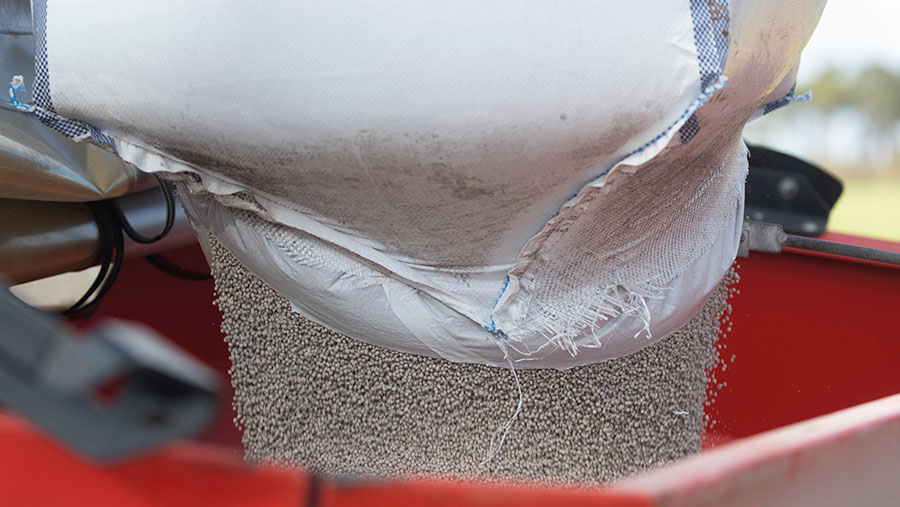Opinion: Alarm bells ring as ag inflationary pressures build
 © Tim Scrivener
© Tim Scrivener I’m showing my age when I say that I remember what hyper-inflation feels like.
I was still an 11-year-old schoolboy in 1970, when Ted Heath’s Conservative government embarked on a reckless “dash for growth” to kick-start the economy by borrowing heavily to fund a huge financial stimulus.
Not long after, oil prices soared, quadrupling in price, producing conditions that were perfect for inflation to take off. UK annual inflation rose from 5% in 1970 to 24% by 1974, and was still as high as 18% by 1979.
See also: Fertiliser prices still climbing in tricky market
For farmers, the impact of this sustained period of very high inflation throughout the 1970s was profound.
The decade was littered with financial casualties. In order to try and control inflation, the UK base lending rate rose as high as 17%, meaning that some farmers were paying more than 20% annual interest rate on borrowings. Inevitably, this saw many go bust.
For my own father, it was a difficult period. Income tax rates were extremely high under the two successive Labour governments that followed Mr Heath’s electoral defeat in 1974.
At one point, the marginal rate of income tax hit 98% as the then chancellor Denis Healey allegedly declared that he would “tax the rich until the pips squeaked”.
The big problem was that it was very difficult for even quite moderately wealthy farmers to avoid being hit by Mr Healey’s high income tax, even though they weren’t making any money.
With everything on the farm, from livestock to machinery to diesel, rising in value by up to 24% a year, annual stocktaking valuations showed huge increases that continually pushed farmers into the top tax bracket.
Not even rushing out to buy a new combine or a couple of shiny new tractors before a financial year end, a tactic some farmers use today to reduce an unwelcome income tax liability, made any difference.
With inflation at 24%, even a new combine lost no value upon purchase, while many older machines actually appreciated year-on-year.
So it was that my father and tens of thousands of farmers like him found themselves having to borrow money to pay income tax, just to fund an endlessly inflating farm live and deadstock valuation.
As farmers, we have suffered considerable “agri-inflation” in recent years as the cost of inputs, such as fertiliser and machinery, has risen far more quickly than general inflation in the broader economy.
Whether we are about to experience a 1970s-style economic omnishambles is still too early to say, but there are certainly worrying parallels to be drawn in terms of a high spending government, combined with alarming rises in energy prices.
By the end of the 1970s, I was no longer a schoolboy, but working full-time on my father’s farm.
His was a farm business that had survived, but my father’s conclusion was that the best way to come out of an inflationary period relatively unscathed was neither to hold cash nor borrow too much.
The real value of cash is destroyed by inflation, and borrowing becomes dangerous if governments are forced to raise interest rates to keep inflation down.
It’s a long-standing adage that a farmer should “neither a lender nor a borrower be”. The 2020s might be shaping up to be one of those inflationary decades where it is a very useful philosophy to stick by.

